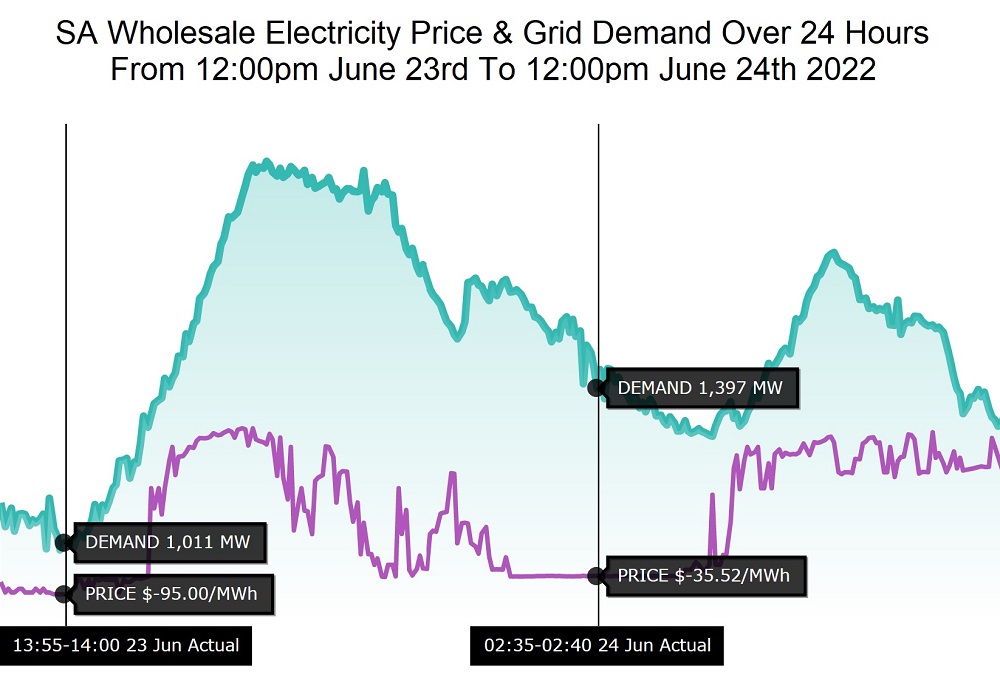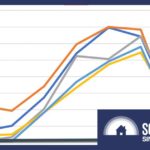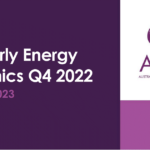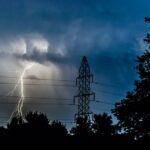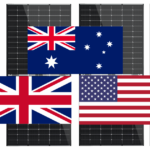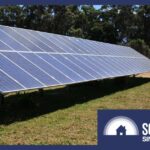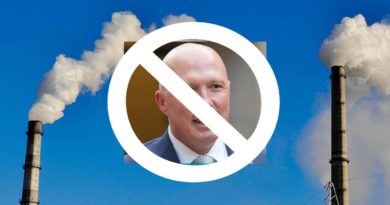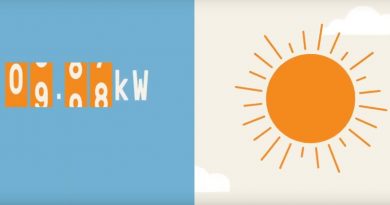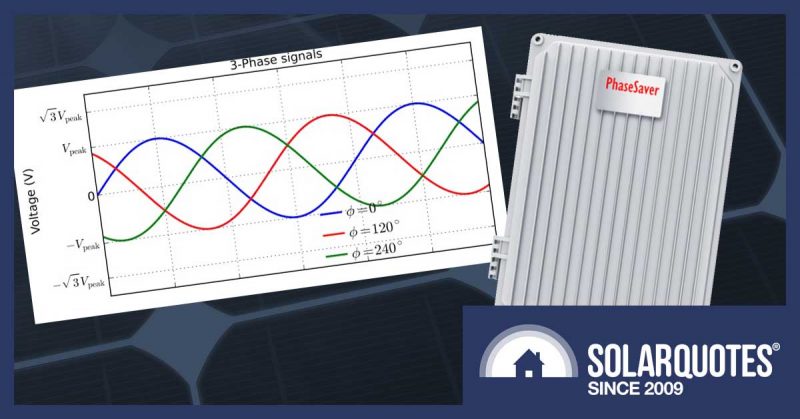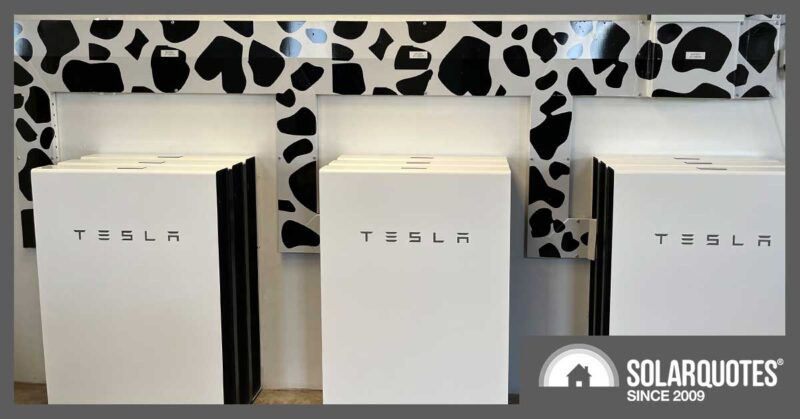An Idiot’s Guide To Australia’s Electricity Price Problem

How most Aussies reacted when they found out their new electricity rates.
Unless you live under a rock, you’d have heard about the blowout in wholesale electricity prices in the eastern states. Things were so bad that on the 14th of June, AEMO suspended the wholesale electricity market for the first time in its history.
It has been called an energy crisis, but I don’t like that term because I think it gives the impression it could be accidental. It would be more accurate to refer to it as a “predictable energy crisis” or possibly an “intentional energy crisis”. The problem isn’t that the grid can’t supply enough electricity. The problem is that too many generators won’t supply electricity unless they’re paid an extreme price.
The problem was sparked by the Russian invasion of Ukraine pushing up gas prices, but I don’t know why they rose as high as shown in the image below, given at the time it was only around $40 per gigajoule in Europe:
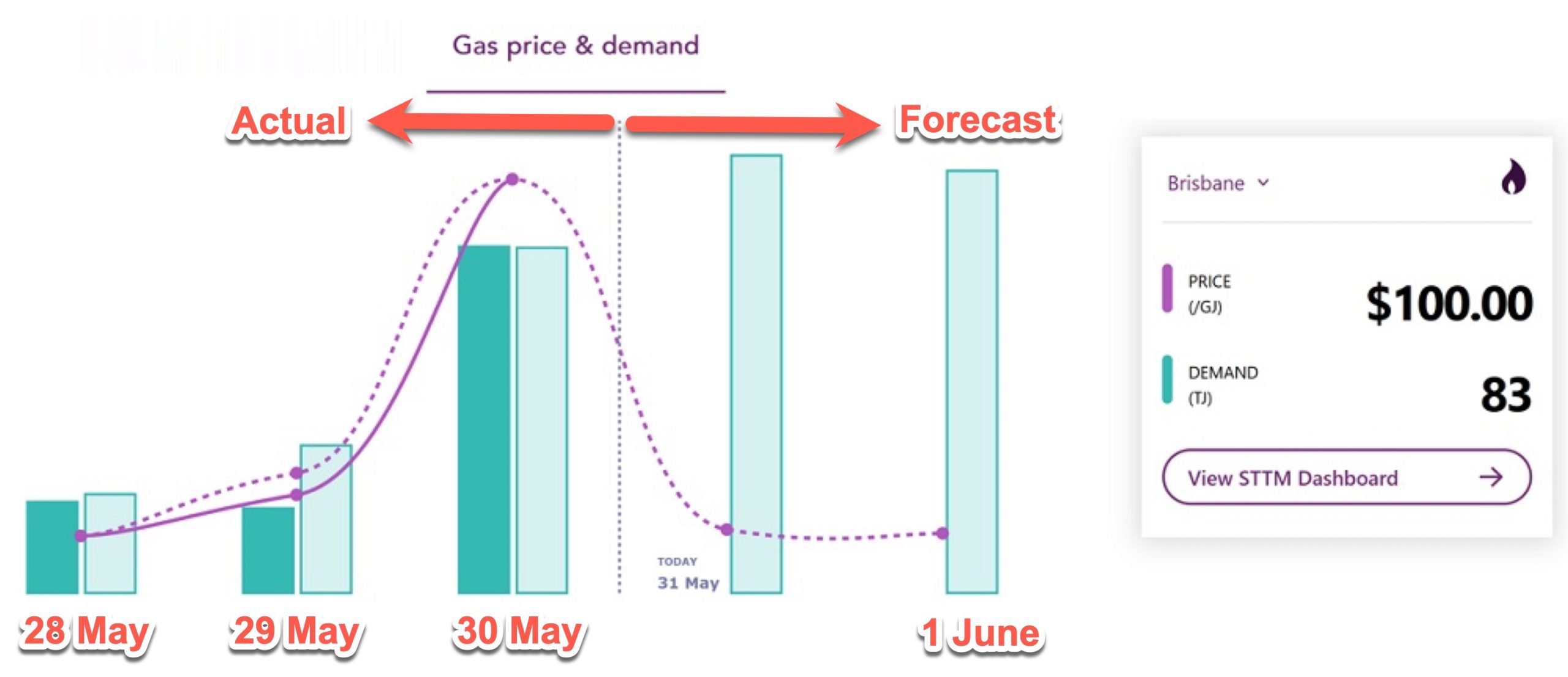
This graph from the Australia Electricity Market Operator (AEMO) shows gas hitting a cap of $100 per gigajoule in Brisbane. After this, the cap – the maximum price allowed – on natural gas prices was lowered to $40 a gigajoule.
While no one has to — technically — be doing anything wrong for gas prices to reach such high levels in our current system, a price spike like this is definitely cause for concern.
WA & NT Are Spared
Western Australia and the Northern Territory have their own electricity problems, but thanks to their own independent grids, they’ve dodged this particular bullet and haven’t had a ridiculous run-up in wholesale electricity prices.
What Are Wholesale Electricity Prices?
Wholesale electricity prices are what generators receive for supplying electricity to the grid. In this article, I’m using the term to refer to average wholesale spot prices for electricity sold on the wholesale market and not traded through long-term contracts.
Multiple Reasons
There are many reasons wholesale electricity prices have risen so high. High international natural gas prices triggered the situation, but that’s not enough by itself, as only a small portion of Australian electricity is generated from gas. The main factors involved are:
- The rise in international gas prices caused by the Russian invasion of Ukraine.
- The outsized role of gas generation in determining wholesale electricity prices.
- A lack of competition in electricity generation.
- Breakdowns and accidents at multiple fossil fuel power stations.
- Suspiciously convenient closure of power stations for maintenance.
- A stronger economy increasing electricity demand.
- Potential gaming of electricity market rules.
- Below average renewable energy output due to June being the worst month for Australian solar electricity production.
What I’d like to do is spend time going into this issue in detail and work out exactly what’s going on behind the scenes. But I’m on holiday, so I won’t. I’d like to do it, but I don’t like it so much that I’ll do it if I’m not getting paid. So instead, I’m going to tell you about the problem and then give a few suggestions on how ordinary Australians can cut gas consumption and hopefully get us out of this ridiculously high wholesale price situation sooner.
Reduce Gas Use For Ukraine!
I’ve already written about why Australia should reduce gas use in response to the invasion of Ukraine here:
The reasons I gave in that article are all still valid. If Australia had concentrated on reducing gas consumption four months ago, we might not be in our current situation. Unfortunately, our Federal Government at the time was too distracted to prepare for an obvious disaster in the making.
This time I’m asking people to Reduce Gas Use For Australia!
Some grumpy people may question why they should do anything to help solve a problem they didn’t create. While I can sympathize with people who suffer from inertia, that doesn’t mean I don’t think that attitude is stupid. Not being arsed to do anything is a position I can respect, but only if it’s combined with not complaining. If you want to whinge, you’ve got to do a thing.




Otherwise, you’re just a useless whinger instead of a useful one, and who wants to be that? If one person reduces their gas use, it won’t achieve much, but if a lot of people do it, it can and will help. We want to try to keep gas prices down, not only because homes are headed for higher gas bills in the future but because unless the current run of high wholesale electricity prices is soon stopped, we’ll see considerable hikes in our electricity bills.
Sky High Wholesale Electricity Prices
Below I’ve compared the average wholesale price in June 2019 with what it has been so far in June 2022:
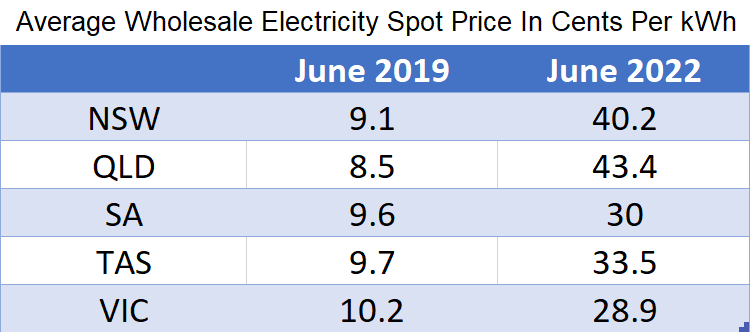

Note the information for June 2022 only goes up to the 23rd, and the electricity market was suspended for some of that time.
June 2019 was before the pandemic and before Queensland’s Callide black coal power station had a turbine explosion. Wholesale electricity prices have been over four times higher in NSW and QLD. Victoria has got off the lightest with under a three times increase.
Without long-term contracts, just 30 days of high wholesale prices like we’ve had so far this month would be enough to raise the cost of electricity by 2-3 cents per kilowatt-hour for a whole year. Hopefully, electricity sold through contracts will cushion that increase, but because contract information is kept secret, we’ll have to wait and see what happens. In the improbable event of high wholesale prices continuing over an entire year, this could more than double the residential cost of electricity per kilowatt-hour for most Australians.
Let me repeat that:
If high wholesale prices continue over a full year, this could more than double the residential cost of electricity per kilowatt-hour for most Australians.
Gas Is A Small Portion Of Generation
Australia generates little electricity from gas and the amount has been declining due to competition from solar energy and wind power and increasing battery storage.
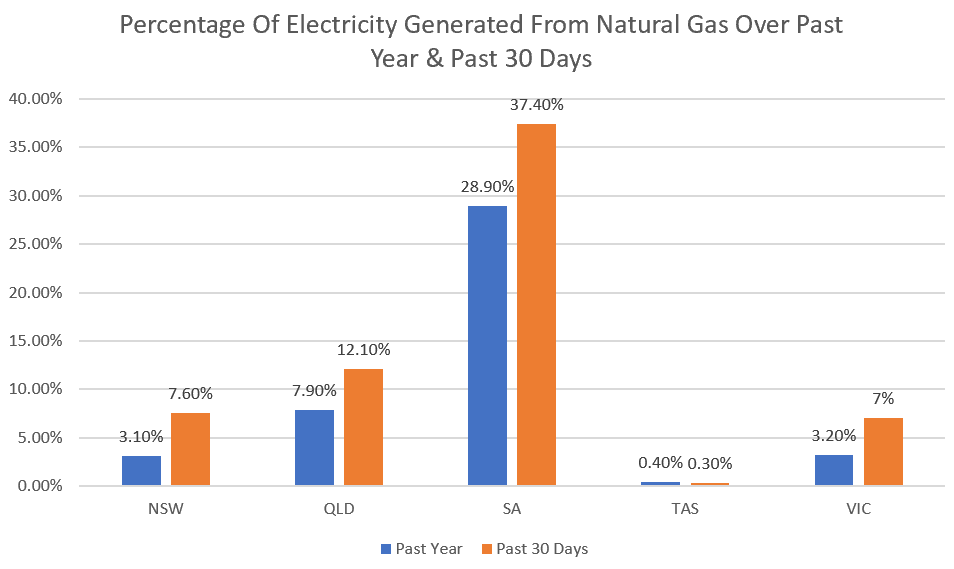

This graph doesn’t include the 0.9% of electricity QLD generated from coal mine waste gas, as I don’t think that can easily participate in electricity market shenanigans.
Gas generation in the past 30 days has been higher than the average for the past year because:
- Electricity consumption rises in winter.
- Solar electricity output is low in June.
- Fossil fuel capacity has been unavailable due to breakdowns and maintenance.
The eastern states have only generated around 9% of their electricity from gas over the past 30 days. With gas under one-tenth of total generation, you might expect any increase in gas prices to only have a small effect on wholesale electricity prices, but that’s not the way it works.
Because natural gas — along with usually much more expensive diesel and kerosene — fuels the most flexible forms of generation after hydropower1, it is often used to meet any shortfalls in generation and so “sets” wholesale prices. This is because, when we need gas generation, the high prices the gas generators bid in is received by all generation.
While much electricity generation is traded through contracts rather than the wholesale market, if high wholesale prices continue long enough, the increases will be incorporated into new contracts when renegotiated.
Burning Oil Instead Of Gas
Over the past two decades, the eastern states have generated an average of 0.03% of their electricity from diesel and kerosene. The amount is so low because, in normal times, they’re the most expensive fuels. But since the crisis started, diesel and kerosene generation has jumped by a factor of seven. The largest increase has been in South Australia, where it went from supplying 0.05% in June last year to 1.9% over the past 30 days. Almost 40 times more.
Anytime Australia generates a significant about of electricity from diesel and kerosene and it’s not the middle of a heatwave or there hasn’t been an unexpected failure at a power station, it indicates something very strange is happening.
Coal Price Increase Has A Modest Effect
The invasion of Ukraine has caused coal prices to soar to their highest point in history. Currently, Australian export coal is just under $400 per tonne. But, technically, this should only have a modest effect on wholesale electricity prices. This is because 26% of Australia’s coal generation comes from brown coal, which isn’t exposed to international market prices because it can’t be exported2.
Over the past year, black coal supplied 44.5% of eastern state electricity, but a large portion came from mines without access to international markets. Also, domestic coal prices are mostly set by long-term contracts, which should moderate the effect of recent increases. But for all I know, there could be generators loading coal they’ve contracted for onto ships for export. But even if all black coal generators had to pay the international price, this would only add around 13 cents per kilowatt-hour to their cost of generation. Well below the 20 to 30 cent increase in wholesale prices we’ve seen.
European Gas Prices
International gas prices are high due to a combination of some European nations deciding not to buy Russian blood-gas (ew!) or Russia being unable or unwilling to maintain supply. (I’m thinking unable, but I’m not there to check — thank god.) On Friday, the 24th of June, the price of gas in Europe was 127 Euros per megawatt-hour of thermal energy:
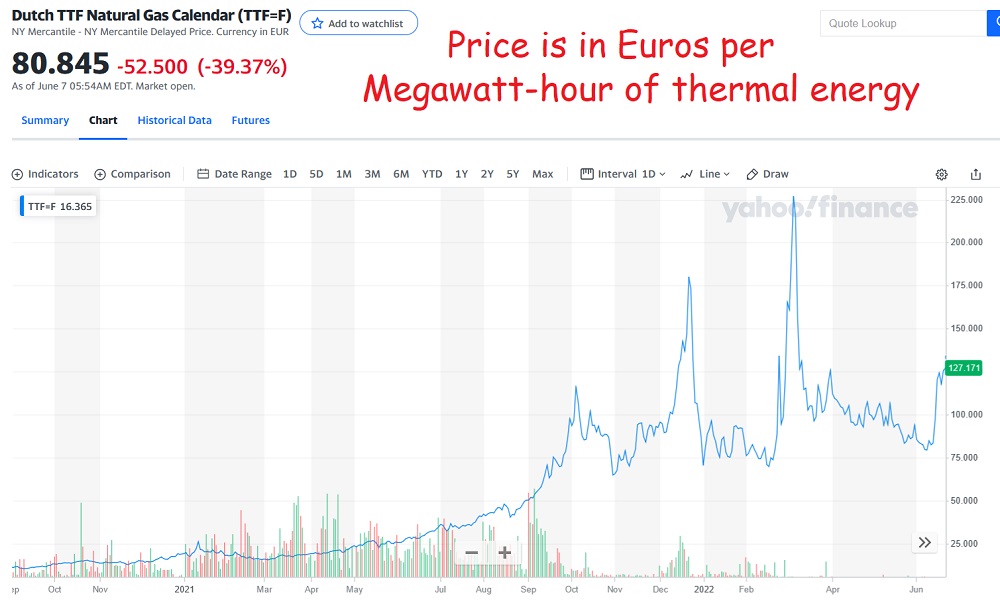

This graph of European natural prices is based on Netherlands data, which is a major gas hub. (Image: Yahoo! Finance – but not the red Comic Sans at the top. I did that.)
In Australia, natural gas is sold by the gigajoule. As there are 3.6 gigajoules in a Megawatt-hour, and 0.66 Euros to the Australian dollar, this means Europeans are currently paying $53 Australian per gigajoule. In Asia, where Australia exports natural gas, the price is almost as high — with fewer price spikes due to getting less gas from Russia.
Australians are currently paying close to European prices. At the start of the month, the price of gas was capped at $40 per gigajoule, but at the moment, gas is currently $43 in Sydney:
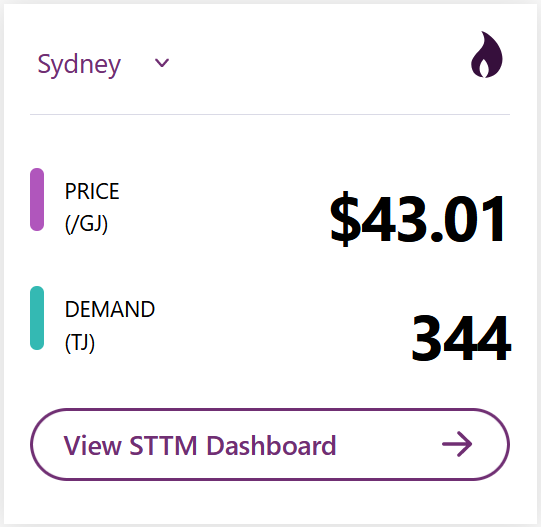



If gas at $40 per gigajoule is burned in generators with an average efficiency of 35%, then the fuel cost of one kilowatt-hour of electricity will be 41 cents. This is around the average wholesale price in QLD and NSW this month, despite gas supplying only 12.1% and 7.6% of electricity in those states over the past 30 days.
Wind & Solar Power Have Protected South Australia
Over the past 30 days, QLD has been paying the highest wholesale prices, while VIC has been paying the least ridiculous prices. During this time, South Australia’s portion of electricity generated from gas has been over three times higher than Queensland’s, but the average SA wholesale price has only been slightly higher than in Victoria.
The main reason for the difference is due to SA’s high level of renewable generation with 52.5% of the state’s electricity coming from wind and solar power over the past 30 days. This has resulted in long periods of low or negative electricity prices in the daytime and also sometimes late at night, as shown below:
Death Of A Sales Mechanism?
The electricity market was suspended on the 14th of June and it has been suggested we make it permanent by reversing privatization and returning the grid to public ownership. On one hand, this would be a pity because I’m curious what our current system would look like if it was intelligently reformed to best serve the interests of Australians. But on the other hand, they have had over 20 years to get started on that and it hasn’t happened, so I’m thinking I’ll never see it.
This makes reversing privatization appear to be the better option. It’s not that I expect it will lead to a good outcome. I just think it’s likely to be less worse than the outcome we’ve had over the past quarter of a century or so. But I admit, I’d probably feel more confident about it if we didn’t have the example of Western Australia to show how easy it is to make a mess of an electricity sector. (Sorry WA, but it’s funny because it’s true.)
Gas Use Declining
Any major changes to the way electricity is supplied, such as de-privatization, will take time. Potentially, a very long time. But one thing we’re currently doing that helps is reducing gas generation. Last year in 2021, we generated only 53% as much electricity from gas as we did seven years earlier in 2014. This decline has been due to:
- The falling cost of solar and wind power generation.
- The falling cost of battery storage.
- Gas prices more than doubling in the eastern states due to exposure to international prices caused by Liquefied Natural Gas (LNG) export facilities coming online north of Gladstone.
Rooftop solar power has been responsible for a large portion of the reduction in gas use. If you get solar panels for your home, you’ll not only be helping yourself out financially by reducing your electricity bills, but you’ll also be helping everyone by reducing the ability of gas and other fossil fuel generators to drive up electricity prices.
The more rooftop solar power that is installed, the sooner your state will become like South Australia where renewable generation often keeps wholesale electricity prices at or below zero for long periods during the day. If anyone tries to convince you periods of zero or negative wholesale electricity prices are bad, there’s a good chance they’re in the pay of someone who owns a coal power station.
Cashed Up And Want To Help? Install A Battery.
Rooftop solar is cost-effective but only provides power during the day, while home batteries directly substitute for gas generation. This makes installing a home battery one of the most effective things a household can do to protect Australians from being held to ransom by high fossil fuel generator prices. This will be especially true if the battery is part of a Virtual Power Plant (VPP), which will enable it to send electricity into the grid when wholesale prices are high.
Unfortunately, the financial return from a battery is nowhere near as good as from a rooftop solar power system. But if you do install a home battery, you can pat yourself on the back for helping out the rest of us.
Faster Fixes
While Australians have received quotes and had solar panels installed within a week, with rising electricity prices demand for rooftop solar is also rising, so you can expect it to take considerably longer than that to get a solar system and/or a battery installed at the moment.
I’m hoping the current high wholesale electricity prices will ease over the next few weeks, but this may not happen. To help nudge things back towards normal, there are two areas in which everyday Australians can act:
- Reduce electricity use.
- Reduce gas use.
Cutting Electricity Consumption
The less grid electricity households and businesses use, the harder it will be for generators to get away with bidding in extremely high prices. So economising on its use will help ease wholesale electricity prices. It also makes sense considering electricity prices will be rising for most Australians in July.
Electricity conservation will reduce gas burned to generate electricity, but Australians with gas connections or bottled LPG gas have the option of directly reducing gas use.
Cutting Back On Gas
If you are a member of one of the many Australian households that:
- a) Have a gas connection, and
- b) Like money
…then my advice is to get rid of your gas connection before it gets rid of your money.
I’m expecting hefty increases in household gas charges in eastern states in July — except for Victoria, which will be hit with theirs in January. Getting rid of your gas connection saves you from paying the daily supply charge and the cost of having your gas appliances regularly inspected and maintained3.
Going all-electric can save a lot of money — especially if you have solar panels — however, doing so immediately won’t be practical for many people. But even if you keep your gas connection, you can still cut back on consumption. Some simple suggestions for doing this are:
- Use a reverse cycle air conditioner for heat instead of gas: Unless you have one of Australia’s least efficient air conditioners, this is considerably cheaper than gas if you use grid electricity and much cheaper when powered by rooftop solar. Substituting electricity for gas has the drawback of increasing electricity consumption, but the benefit from directly reducing gas use should be much greater.
- Cook with electricity: Use your microwave, plug-in electric hot plate, or induction cooker4. Now you’re not cooking with gas.
- Improve your home’s thermal envelope: Fix your home’s thermal envelope by fixing
- Gaps – seal any gaps in your home – this makes a huge difference for a typical draughty Australian home, for little cash and little effort.
- Glazing – most Australian windows use the cheapest 3mm glass and thermally conductive aluminium frames. Invest in good windows or secondary glazing.
- Insulation. Please, just get your roof, walls and floors insulated where possible.
Arranging glazing and insulation take time, but there are plenty of gaps you can seal right now.
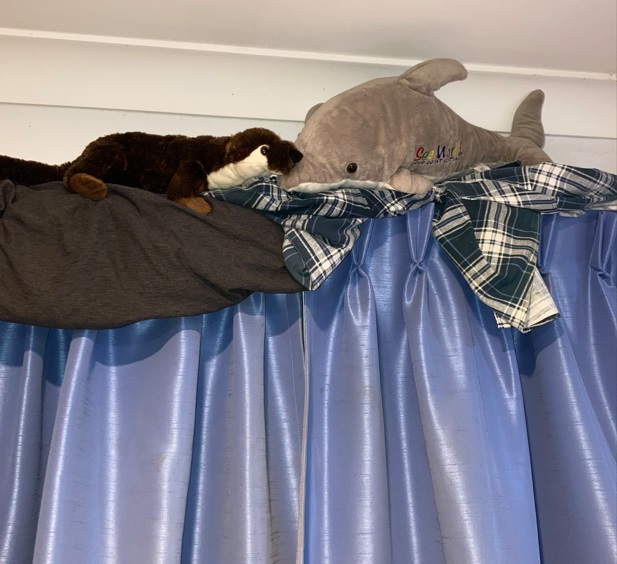

Screw you cold! You’ll have to get through my plush dolphin and stuffed ferret first!
And secondary glazing can be done cheaply with glass, pneumatic piping and cable clips:
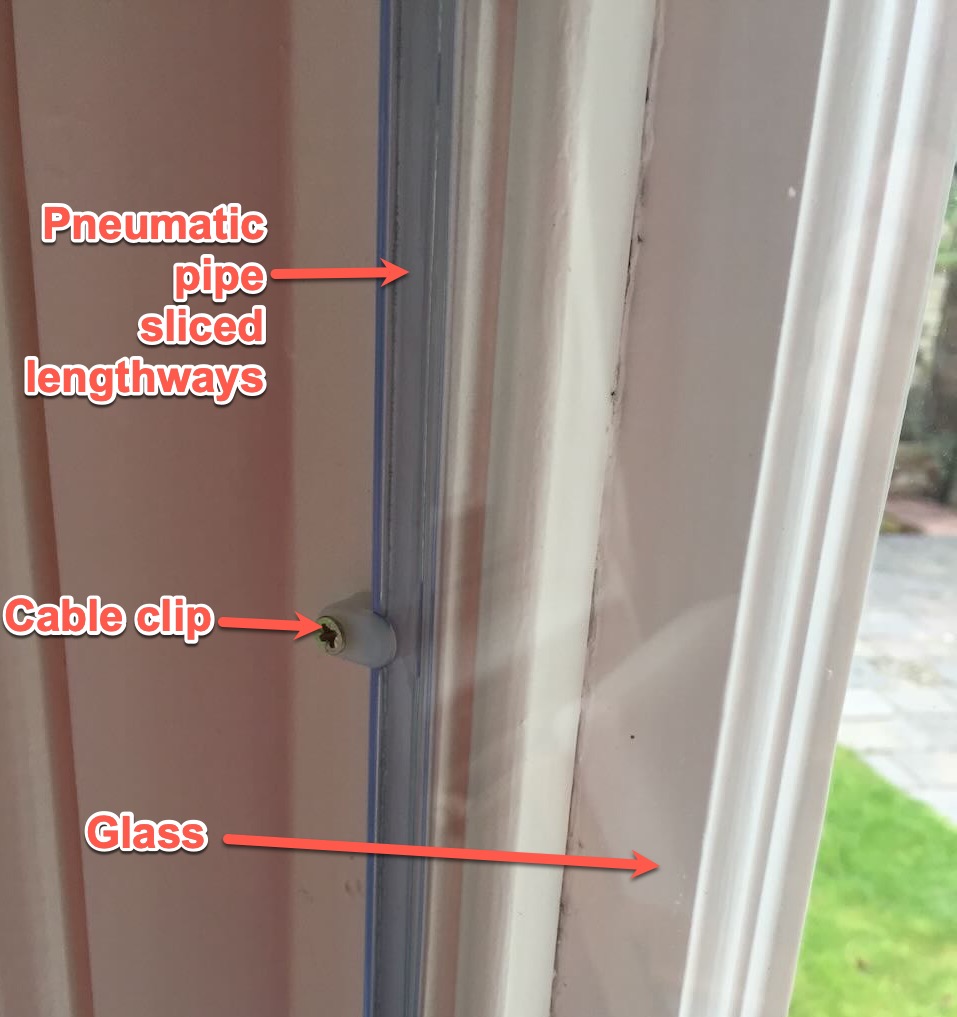

Efficiency isn’t always expensive: A friend’s secondary glazing. Effective, good-looking and cheap.
Prepare For Higher Electricity Prices
International gas prices are especially high right now because Europe is attempting to fill its gas reserves in preparation for winter. Prices could drop once European reserves increase, but it’s also possible that there will be further reductions in Russian gas exports, pushing prices higher. Europe is installing more solar and wind power capacity and replacing gas heating with electric heat pumps — but they’re not doing this as fast as they should.
Coal will soon fall from its current record-high price, as it can’t be sustained. Several poorer countries will stop importing it if they have to pay that price. While high coal prices only have a modest effect on Australia’s average cost of generation, a price reduction will still help.
How long international energy prices will remain high depends on who you talk to. Some say the Russian military could crack and withdraw from Ukraine within a month, while others say fighting could go on for years. Personally, I expect fighting to be over sooner rather than later, given how incompetent Putin’s kleptocratic, authoritarian regime has been at anything more complex than simple extortion. But time will tell.
While I expect prices to ease, unless there is further intervention in the market, high wholesale prices could continue through July and potentially the rest of winter, only easing as the weather warms and solar energy output increases in spring. At the moment, I’m expecting high residential electricity prices next financial year and — unless we have a major economic slowdown — high prices will continue into the financial year after that.
Solar Feed-in Tariffs Will Increase
Wholesale electricity prices are the primary determinant of solar feed-in tariffs, so they will increase. A one-cent rise in average wholesale prices won’t result in a one-cent rise in feed-in tariffs because wholesale price increases during the evening have been higher than during the day. But I expect to still see significant increases.
High electricity prices combined with higher solar feed-in tariffs mean this is an excellent time to either install solar panels or expand existing capacity.
Australia’s Final Wholesale Electricity Price Gouge?
While an increase in wholesale electricity prices in Australia was inevitable given international natural gas and coal prices, the actual cost of generating electricity here has not increased anywhere close to the 20-30 cent increase in wholesale prices per kilowatt-hour. Prices have only gone that high because generators have been able to get away with charging that much.
I’ve been a little surprised at how eager generators have been to raise prices. They either weren’t concerned about the possibility of the market being suspended or were intentionally aiming for it. But high wholesale prices may simply be due to them — quite sensibly from their point of view — charging as much as they could and so are the natural result of them maximizing their return.
[embedded content]
But it has occurred to me that there may be an even more devious reason behind their lack of restraint. As the amount of solar, wind, and battery storage grows, generators may worry that they won’t have the market power to drive up wholesale prices for much longer. They may be taking advantage before their opportunity is gone for good.
On the other hand, my mother always told me not to attribute to cunning what can just as easily be explained by basic self-interest. Generators could simply be charging as much as they can get away with and will continue to do so for as long as they can.
Footnotes
- Batteries are more flexible than gas and hydropower, as they can start and stop supplying power almost immediately but are not a source of generation and have to be charged with something — preferably low-cost renewable energy. Current total battery power output is small compared to the total potential power output of gas generation. ↩
- Brown coal literally can’t be safely exported because of its tendency to self ignite if it dries out. ↩
- You are all paying to have your gas appliances regularly inspected, as required by laws of your state or territory, right? In NSW, it has to be done every two years. That adds up to a lot of money over a decade. ↩
- Induction cookers are more efficient than conventional hot plates, but the difference isn’t large so don’t stress over it. ↩
Original Source: https://www.solarquotes.com.au/blog/australia-electricity-price-problem/



